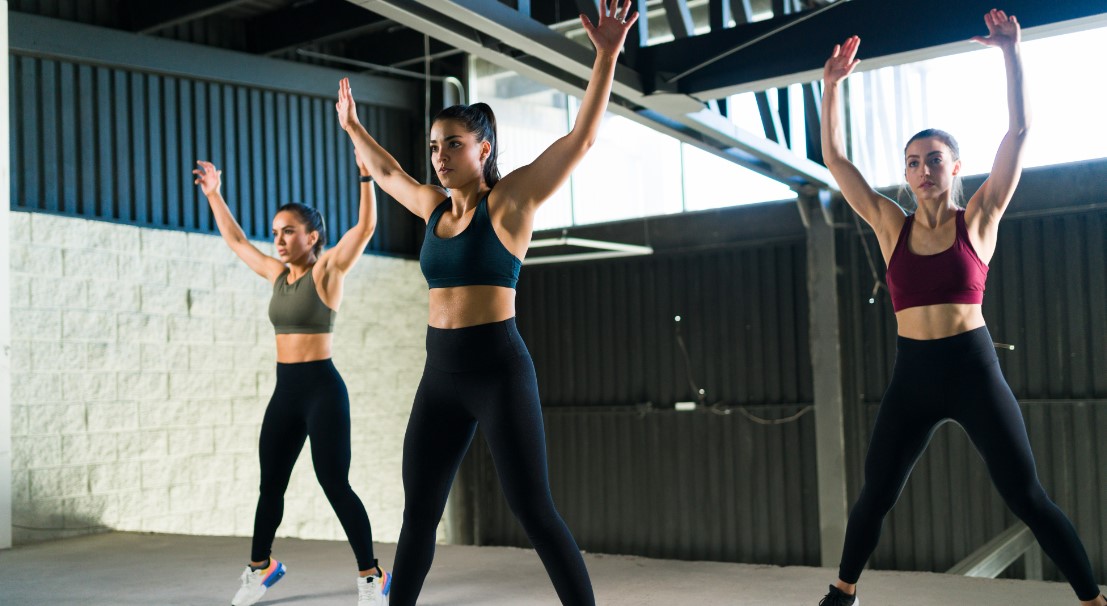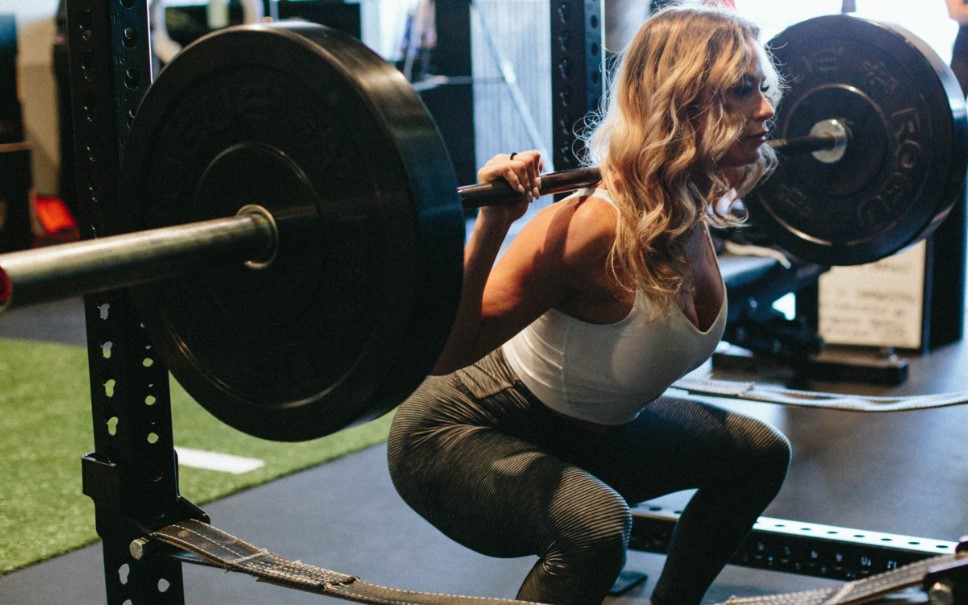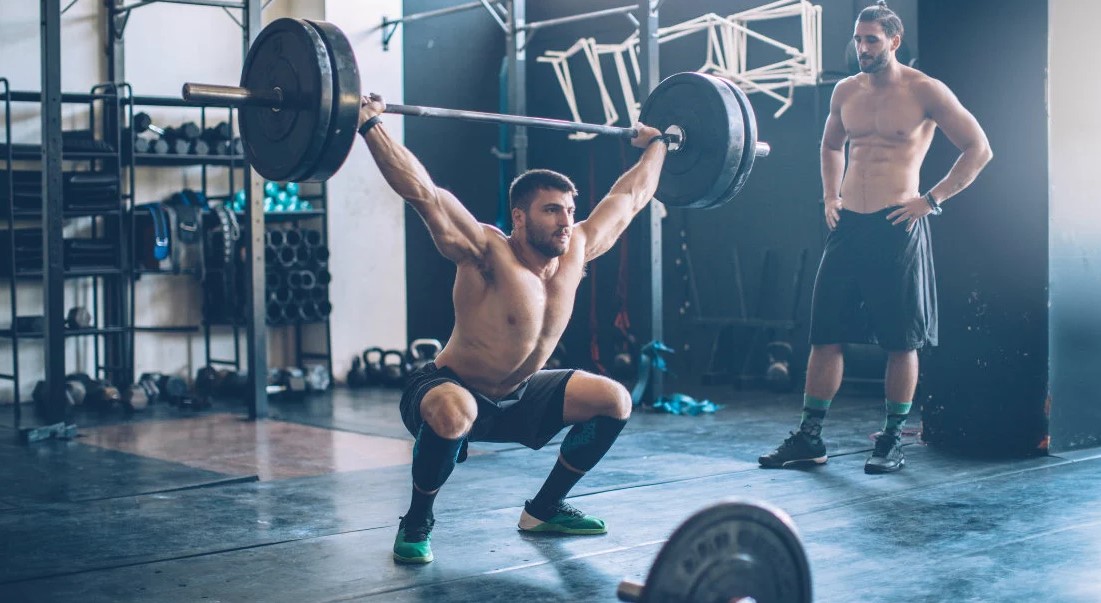How I Started Working Out With No Experience?
In this article, "How do I Start Working Out With No Experience?" Going to discuss the answer to this question. So, continue reading and discover the answer to this question!
If you want to make movement a regular part of your day, you have many exercise options. But if you've never exercised regularly before, you may be unsure of how to get started.
Whether you want to run, bike, lift weights or do yoga, thinking about how to start working out can be intimidating. After all, scrolling through all the fitness posts on social media—or even watching runners easily power up the hills around you—can make it seem like exercise comes so easily to those who are already in the thick of it.
You can rest assured that the yoga teacher you follow on Instagram didn't immediately pull off that handstand during her first class, or that CrossFitter didn't pull out 10 pull-ups the first time she hung from the bar. And watching those runners go for hours? At one point, five minutes of nonstop jogging was probably a victory for them.
Besides, your exercise routine is about you—it's about your personal goals, your preferences, and your interests. What works for the fitfluencers you follow on Instagram may be far from what you want to apply to your own life.
Instead the key is to find a fitness program that works for you. And the good news is, there are plenty to choose from. Here's what you need to know about how to get started—and how you can start an enjoyable, challenging exercise program that will stick with you for a long time.
Working Out to Exercise Begin
If you're looking for specific exercises to start your workout routine with, here are some basic exercises that target different muscle groups:
Bodyweight squats
Stand with your feet shoulder-width apart. Bend your knees and lower your hips as if you were sitting in a chair. Keep your chest up and back straight. Push through your heels to return to the starting position. Bodyweight squats engage your lower body, including your quads, hamstrings, and glutes.
Push-ups
Start in plank position with hands slightly wider than shoulder-width apart. Bend your elbows and lower your chest to the floor. Keep your body straight and avoid hanging your hips. Push back to starting position. Push-ups target your chest, shoulders and triceps.
Lunges
Stand with your feet hip-width apart. Take a big step with one leg, bending both knees until your back knee is close to the floor and your front thigh is parallel to the floor. Push through your front heel to return to the starting position. Lunges work your quadriceps, hamstrings and glutes.
Plank
Get into a push-up position, but instead of resting on your hands, lower down and rest on your forearms. Keep your body in a straight line from head to toe, engaging your core muscles. Hold this position for a certain period of time. Planks are excellent for strengthening your core muscles.
Glute Bridge
Lie on your back with your knees bent and feet flat on the floor. Pressing through your heels, lift your hips off the ground until your body forms a straight line from your shoulders to your knees. Squeeze your glutes up and down. Glute bridges target your glutes and hamstrings.
Note: These exercises provide a solid foundation for building strength and can be modified to suit your fitness level. Aim to perform 2-3 sets of 10-15 repetitions for each exercise, gradually increasing the intensity and volume as you progress.
Additionally, incorporating cardiovascular exercise such as brisk walking, jogging, cycling or swimming can help improve cardiovascular fitness and burn calories. Start with a duration and intensity that feels comfortable to you and gradually increase it over time.
Remember to listen to your body, start at a level that is appropriate for your fitness level, and gradually progress as your strength and endurance improve. If you're unsure of proper form or want more personalized guidance, consider working with a qualified fitness professional.
How to start working out with no experience?
Starting a job with no experience can be both exciting and challenging. Here are some steps to help you get started:
01. Set goals
Decide what you want to achieve with your workout. Do you want to build strength, lose weight, improve flexibility or increase overall fitness? Setting clear goals will help you stay motivated and focused.
02. Consult a Health Care Professional
If you have an underlying health condition or concern, it is important to consult a health care professional before beginning any new exercise regimen. They can provide valuable guidance and ensure your safety.
03. Start with basic exercises
Start with simple exercises that target different muscle groups. Some common exercises include squats, lunges, push-ups, planks and simple cardio activities such as walking or jogging. These exercises will help you build a foundation and improve your overall fitness.
04. Learn proper form
Proper form is crucial to preventing injury and maximizing the effectiveness of your workout. Consider working with a personal trainer or using online resources to learn the proper techniques for each exercise. Start with light weights or bodyweight exercises to focus on form before progressing to heavier weights.
05. Start slowly and gradually increase the intensity
It is essential to start at a comfortable level and gradually increase the intensity of your workout over time. Pushing yourself too hard initially can lead to burnout or injury. Start with short workout sessions, and as you build strength and endurance, you can gradually increase the duration and intensity.
06. Create a routine
Consistency is key to achieving your fitness goals. Set aside specific times in your schedule for workouts and prioritize them. Aim for at least 3-4 days of exercise per week and gradually increase the frequency as you progress.
07. Mix it up
Keep your workouts interesting and prevent boredom by incorporating a variety of exercises and activities. This can include strength training, cardiovascular exercise, flexibility work and even trying different fitness classes or sports.
08. Listen to your body
Pay attention to how your body feels during and after a workout. If you experience any pain or discomfort, it is important to rest and allow your body to recover. Don't be afraid to modify or adjust exercises to suit your fitness level and ability.
09. Stay hydrated and fuel your body
Drink plenty of water before, during and after your workout to stay hydrated. Additionally, fuel your body with nutritious foods to support your energy levels and aid in recovery.
10. Track your progress
Keep a record of your workouts and track your progress over time. This will help you stay motivated and celebrate your achievements.
11. Warm up and cool down
Before each workout, spend a few minutes warming up your muscles with dynamic stretching or light cardio exercise like brisk walking or cycling. Cooling down with static stretches after your workout helps reduce muscle soreness and improves flexibility.
12. Find a workout buddy or join a fitness community
Working out with a partner or joining a fitness group can provide accountability, motivation and a sense of community. It can make your workouts more enjoyable and help you stay committed to your fitness journey.
13. Include strength training
In addition to cardiovascular exercise, include strength training in your routine. Strength training helps build lean muscle mass, increases metabolism and improves overall strength. Start with body weight exercises and gradually introduce weights or resistance bands.
14. Monitor your progress
Track your workouts including exercises performed, sets, reps and weights used. This allows you to monitor your progress, identify areas for improvement, and gradually increase the difficulty of your workouts.
15. Rest and Recovery
Giving your body adequate rest and recovery time is essential to avoid overuse injuries and to allow your muscles to repair and strengthen. Incorporate rest days into your routine and prioritize quality sleep to support your overall fitness journey.
16. Stay Motivated
Find ways to stay motivated throughout your fitness journey. Set rewards for achieving milestones, find workout playlists or podcasts that motivate you, or try new workout gear that makes you feel confident and excited to exercise.
17. Consider hiring a personal trainer
If you're unsure of proper form or need extra guidance, working with a personal trainer can be beneficial. They can create a personalized workout plan tailored to your goals, teach you proper technique, and provide ongoing support and motivation.
18. Be mindful of nutrition
Exercise and nutrition go hand in hand. Focus on eating a balanced diet that includes lean protein, whole grains, fruits, vegetables, and healthy fats. Fueling your body properly will provide the energy you need for your workout and support your overall health.
19. Be patient and kind to yourself
Progress takes time and everyone's fitness journey is unique. Avoid comparing yourself to others and celebrate your own achievements along the way. Remember that consistency and dedication will pay off over time.
20. Enjoy the process
Make your workouts enjoyable by incorporating activities you love. Try different types of exercise, explore outdoor workouts, or join a fitness class that interests you. Finding joy in the process will help you stay motivated and make it a sustainable part of your lifestyle.
Remember, consistency and patience are key when starting a new workout routine. It is normal to feel sore muscles in the beginning, but this will ease as your body adapts. Enjoy the process and don't be too hard on yourself. Stay committed, and you will gradually see your fitness level improve.
Working Out: Physical Benefits & Mental and Emotional Benefits
Working out has many benefits for both physical and mental health. Here's a general overview of how working out can positively affect your body and mind:
Physical Benefits:
Improved cardiovascular health: Regular exercise, especially cardiovascular activity such as running, swimming or cycling, can strengthen your heart, increase lung capacity and improve overall cardiovascular health.
Increased strength and muscle tone: Strength training exercises, such as weightlifting or bodyweight exercises, help build muscle strength and tone your body. It can increase your physical performance and make daily tasks easier.
Weight management: Regular physical activity can contribute to weight loss or weight maintenance. Combining exercise with a balanced diet helps create a calorie deficit, which results in fat loss and improved body composition.
Increased flexibility and range of motion: Incorporating activities such as stretching exercises, yoga, or Pilates can improve flexibility, joint mobility, and overall range of motion. It can reduce the risk of injury and improve posture.
Increase bone density: Weight-bearing exercise such as walking, jogging or weight-lifting can help increase bone density and reduce the risk of osteoporosis and fractures, especially as you age.
Boosted Energy Levels: Regular physical activity boosts your energy levels by increasing blood flow and oxygen supply to muscles and improving overall endurance. It can also improve sleep quality, making you feel more refreshed and energized throughout the day.
Mental and Emotional Benefits:
Reduce stress and anxiety: Exercise triggers the release of endorphins, which are natural mood-enhancing chemicals in the brain. It can help reduce stress, reduce anxiety levels and improve overall mental well-being.
Improved cognitive function: Physical activity has been linked to improved cognitive function, including better memory, increased focus, and improved mental clarity. It may also reduce the risk of cognitive decline and improve brain health as we age.
Increased confidence: Regular exercise can improve body image, self-esteem and confidence. Achieving fitness goals, feeling strong, and seeing physical progress can have a positive impact on your self-concept.
Better sleep quality: Regular exercise can improve your sleep quality, helping you fall asleep faster and enjoy deeper, more restorative sleep. It can also help regulate your sleep-wake cycle.
Enhanced brain health: Exercise has been linked to a reduced risk of certain mental health conditions, such as depression and anxiety disorders. It promotes the release of neurotransmitters such as serotonin and dopamine, which play a role in mood regulation.
Social interaction: Participating in group fitness classes or team sports provides opportunities for social interaction, which can improve social connection, boost mood, and reduce feelings of loneliness or isolation.
Remember, consistency is key in reaping the benefits of exercise. Find activities you enjoy and make them a regular part of your routine. It's always a good idea to consult a healthcare professional before starting a new exercise program, especially if you have any underlying health concerns.










































































































































